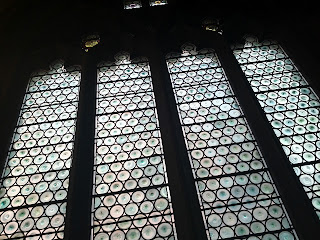Sun Table by Salvador Dali, 1936
Salvador Dalí's greatest intellectual and artistic honesty is probably never to have practiced any sophisticated, gymnastic aesthetics, in order to place the most disparate and most bizarre objects in his pictures. Sun Table is a good example of this. When he painted this composition, Dalí did not know why he put a camel in with all the other elements which belonged to Cadaqués. Today he explains the premonitional character of this image by pointing out the package of Camel cigarettes placed at the feet of the silhouette of the young boy, probably himself, and he told me in 1970 that he had read an article by Martin Gardner which appeared in the magazine Scientific American under the heading "scientific games," in which the author explained that "the image on the cover of a package of cigarettes was full of extraordinary objective hazards - for example, the English word 'choice' written vertically in capital letters on the side of the package, when looked at in a mirror, remains unchanged and perfectly legible."
In order to stress the out-of-context and obsessive character of a camel with all the magical aspects associated with the animal, Dalí wrote later in his book Dix recettes d'immortalite that "seen through an electronic microscope it is possible to demonstrate that a camel is much less precise than a cloud."
More from Dali








































































